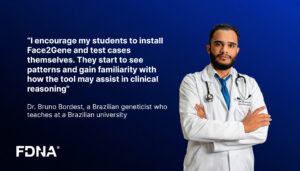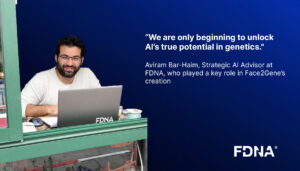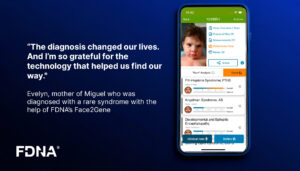December 4, 2017
VANDERBILT
“Vanderbilt University Medical Center announced integration of FDNA’s Face2Gene suite of applications into the Vanderbilt Center for Undiagnosed Diseases workflow to evaluate difficult-to-diagnose patients in their role as part of the National Institutes of Health (NIH) Undiagnosed Disease Network (UDN).”
Vanderbilt University Medical Center is leveraging the Face2Gene Suite to diagnose undiagnosed diseases, especially rare genetic disorders. The Face2Gene uses advanced facial recognition technology and artificial intelligence to identify phenotypic traits associated with various genetic conditions. This innovative AI decision support tool enhances diagnostic accuracy and speeds up the identification process, providing clinicians with a valuable resource for understanding and diagnosing complex cases. By integrating the Face2Gene Suite into its diagnostic procedures, Vanderbilt is at the forefront of utilizing cutting-edge AI technology to transform the way undiagnosed diseases are detected and managed, ultimately improving patient outcomes.


